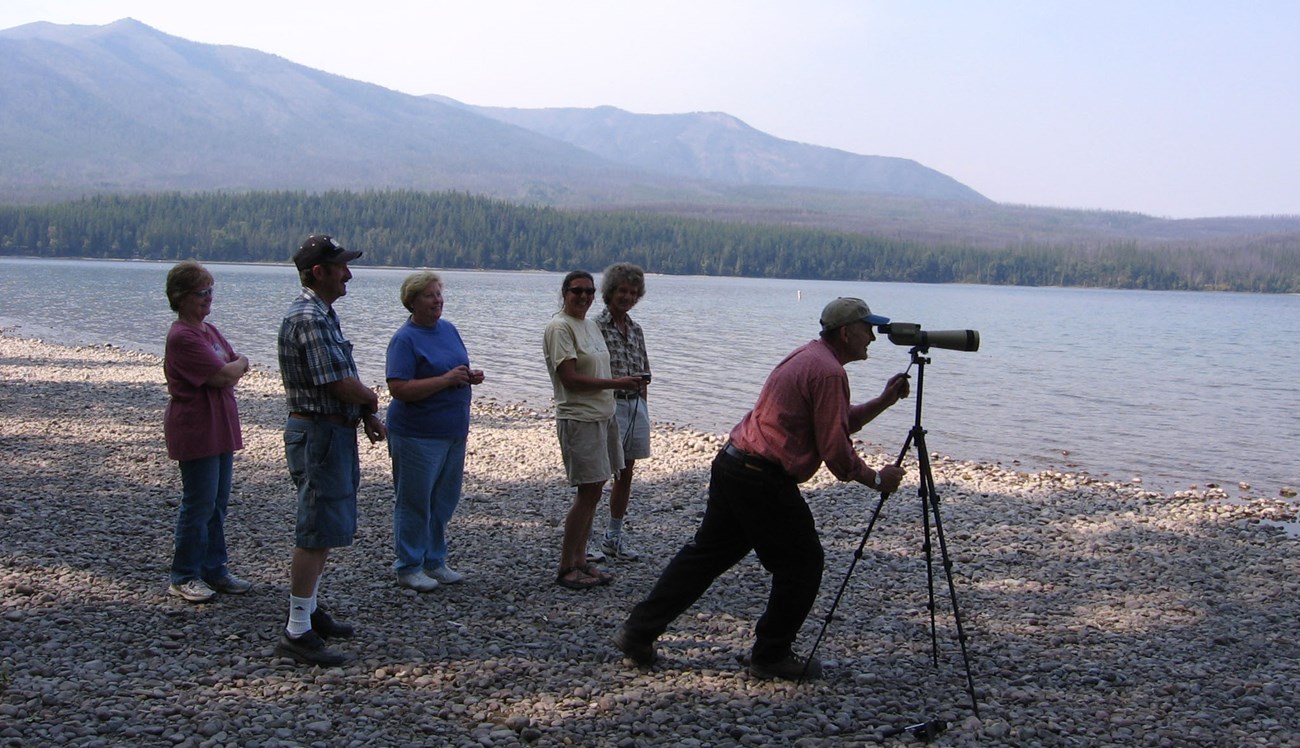Last updated: May 1, 2024
Article
What Is Citizen Science?

NPS/Jami Belt
Citizen science is when members of the public voluntarily help professional scientists to conduct scientific research. There are many different terms for it, such as participatory science, crowdsourcing, community science and c* science. All describe programs where the public participates in the scientific process. Public involvement in science is important, not only to learn about science, but so the National Park Service can have the best available data for managing the resources and lands in its stewardship. Citizen science helps to fulfill the NPS mission to “[preserve] unimpaired the natural and cultural resources and values of the National Park System for the enjoyment, education, and inspiration of this and future generations.”
Participants play an important role in helping the National Park Service manage the resources and places that they care about. If there’s an “-ology,” there’s probably a science project inviting public participation. Archeology, biology, geology, ornithology, paleontology, and phenology are just a few. Learn more on the National Park Service’s Citizen Science website.
Citizen science is different from education or volunteer stewardship programs. Members of the public who participate in science collect and process data that creates new knowledge and informs park management decision-making. Conversely, a curriculum, lesson plan or activity that is educational but does not focus on gathering new information is not citizen science. And volunteer stewardship activities like removing litter or invasive plants are also not citizen science projects. The key difference is the collection and processing of new scientific data by the public for the purpose of creating new knowledge.
A citizen science project typically includes members of the public (who may or not be official ”Volunteers in Parks”), resource or discipline specialists, and NPS staff. A NPS staff member, often in collaboration with a partner (like a university) are the project directors. They consider the need and use for data. They decide on a research question, the methods and tools to collect data, and project goals. They recruit the public – who might be park visitors, student groups, local community members, or even folks at home – to collect new data or assist with other aspects of the scientific process. The project directors get good data (a.k.a.: data quality control) by training and mentoring participants.
Other projects are instigated and led by a community, and professional scientists and NPS technical experts help the community address its priorities. They constitute community science. For examples, and further information about the distinction between citizen science and community science, read about recent projects.
The NPS is dedicated to making science inclusive to all and ensuring that every person has the right and the opportunity to participate in scientific research. The best way to learn about science is to do science. Join us!
